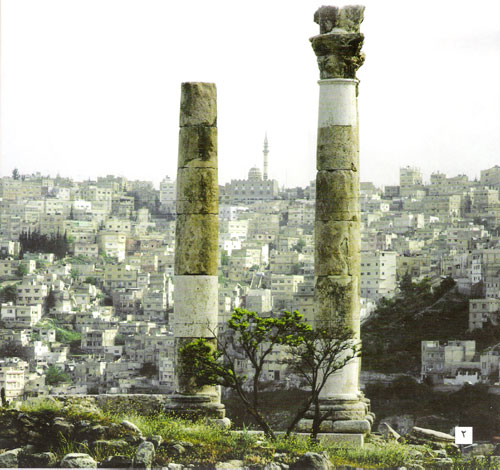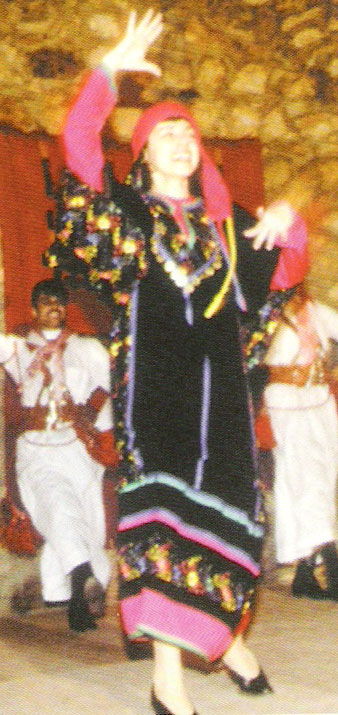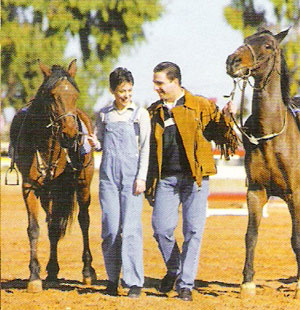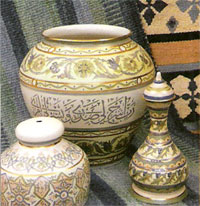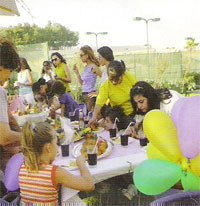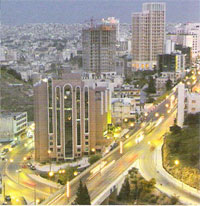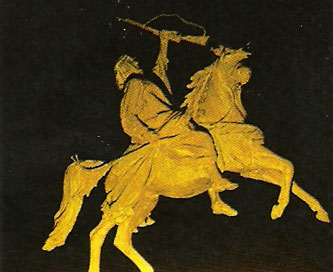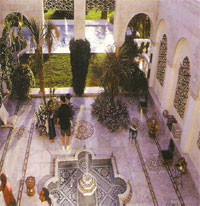The early occupation of Amman dates back to the Neolithic period (ca. 6500 BC). Archaeological excavation at Ain Ghazal has shown evidence not only of a settled life then but also the growth of artistic work. Since that time Amman has seen the rise and fall of many civilizations. In the thirteenth century Amman was called Rabbath Ammon by the Ammonites. Then came the Assyrians followed by the Persians then the Greeks, who called it Philadelphia.
In the first century BC Philadelphia became under the Roman control and joined the Decapolis-; a league of ten cities. In the following centuries, 324 AD, Christianity became the religion of the empire and Philadelphia became the seat of bishopric. This was the start of the Byzantine era. It got its present name Amman in the Ghasanaian era, and flourished under the Ummayads and the Abbasids. Then it was destroyed by the many earthquakes and disasters until 1887 which marks the settlement of the Circassians.
On March 2, 1921 Prince Abdullah chose Amman as his seat of government. This date marks the beginning of the modern history of Amman and Jordan. Lack of resources did not discourage people. The chief Minister's office was established in a little building by the stream. Until 1948, Amman remained confined to the two main valley beds. Since then, the population has grown steadily as a result of the influx of Palestinian refuges. Residential areas have spread out from the centre of the city to the surrounding hills.
In the last two decades, Amman has undergone an exceptionally rapid rate of development and witnessed feverish building activities. Its population is estimated at about 1.2 million people.
Amman has two major airports, Queen Alia airport and Amman Civil Airport.
Your stay in Amman would not be complete if you do not visit the many fascinating tourist sites that Amman is gifted with. Some of these sites are:
Roman Amphitheatre:
Is considered one of the largest in the middle east. Its construction dates back to the beginning of the second century AD by Emperor Trajan. It is carved into the mountain and its seats are built in a way to keep people away from the direct sunlight most of the day. Its acoustic design is very advanced. The Public Department of ruins has renovated the theatre and it is now used to host many national, public and artistic events.
The castle (Al- Qalah):
Is located on top of a 900 by 400 meter flat hill, 132 meter of the level of the city centre. The castle is surrounded with a wall that is built on the Greek Architecture with 10 meter high Poles. South of the castle we can still see the ruins of Hercules temple . Also there is an Umayyed palace. Recently the government built an art gallery . The municipality is also building a big park around the whole Castle site.
